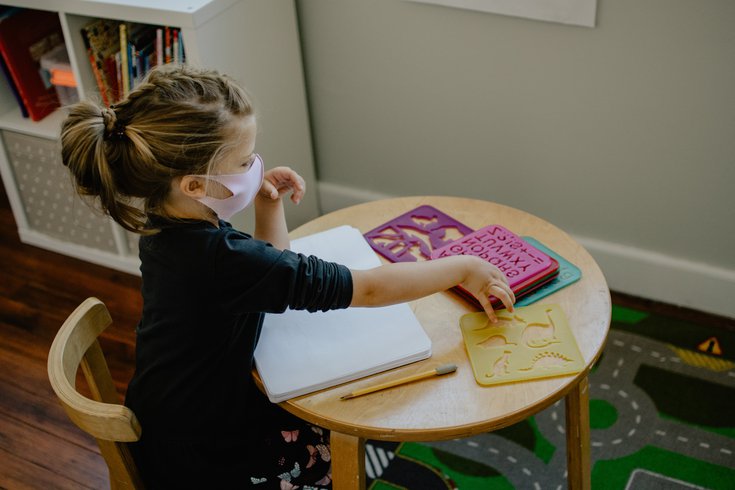
December 16, 2020
 Kelly Sikkema/Unsplash
Kelly Sikkema/Unsplash
Children's risk of contracting COVID-19 appears to be greater at family parties and other social gatherings than schools, a CDC study finds.
Schools have had grappled with the decision to hold in-person or virtual instruction since the COVID-19 pandemic hit the United States in March.
The decision hasn't become any easier as the U.S. faces a hard winter of rising infection rates.
However, schools may not be the super-spreaders they originally were feared to be, according to a new Centers of Disease Control and Prevention Report.
This conclusion is based on a study of 397 school-aged children in Mississippi at one large academic medical center. According to study data, children who had a positive COVID-19 test were more likely to contract the coronavirus at a family or group gathering than at school.
Researchers found that attending in-person school or child care during the two weeks prior to the test wasn't associated with an increased likelihood of a positive test result. It's important to note that most of the parents said there was universal mask use inside the school and child care facilities.
Overall, the children, ages 18 and under, who tested positive for the coronavirus were more likely than those with a negative test to have been in close contact with a person with confirmed COVID-19.
Though most of the parents reported that the close contact occurred at personal gatherings such as weddings, funerals, parties and play dates, they also were less likely to report consistent mask use by students and staff at their child's school.
"Exposures and activities in which persons are less likely to maintain mask use and social distancing, including family gatherings and group activities, might be important risk factors for infection among children and adolescents," the researchers wrote.
"Consistent use of masks, social distancing, isolation of infected persons, and quarantine of those who
are exposed to the virus continue to be important to prevent COVID-19 spread."
The researchers cautioned that the data may not be representative of all U.S. schools because it only comes from children who were tested for COVID-19 at testing sites associated with the University of Mississippi Medical Center. But they said they hoped it could help school officials make tough decisions about the style of instruction.
It's been more than nine months since the beginning of the COVID-19 crisis in the U.S., and half of the country's 50 million public school students are still learning virtually or through a hybrid model where they attend school in-person learning two or three days per week.
The School District of Philadelphia has been fully virtual since March, and many other local schools have implemented virtual or hybrid learning models. With the latest tightening of COVID-19 restrictions in Philadelphia, any high schools and colleges that had returned to in-person instruction were forced to revert to full virtual instruction until at least the new year.
While children are less likely to contract COVID-19 than adults, they still constitute about 10% of all COVID-19 infections, the CDC says. Proper mitigation strategies are needed to keep them safe, not only in schools and daycare facilities, but at home and at social gatherings.
Researchers acknowledged that it is difficult to make any definite conclusions about the safety of schools because data collection varies from state to state.
"Continued efforts to prevent transmission at schools and child care programs are important as are assessments of various types of activities and exposures to identify risk factors for COVID-19 as children engage in classroom and social interactions," the CDC researchers wrote.